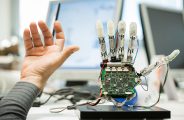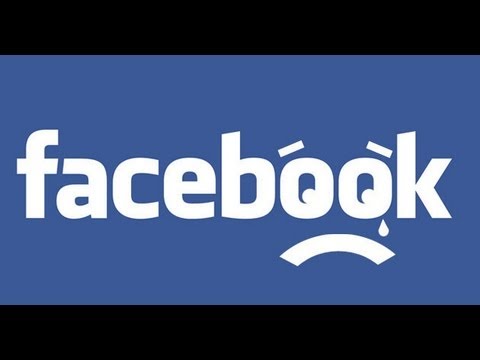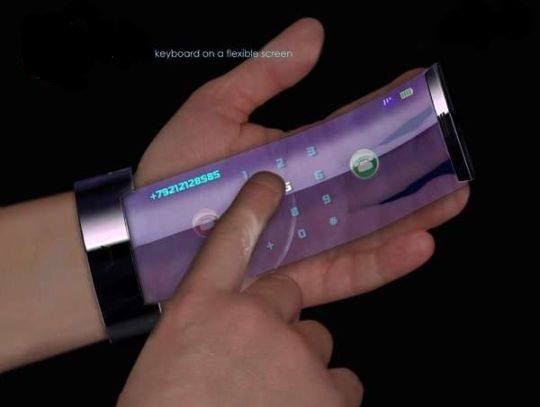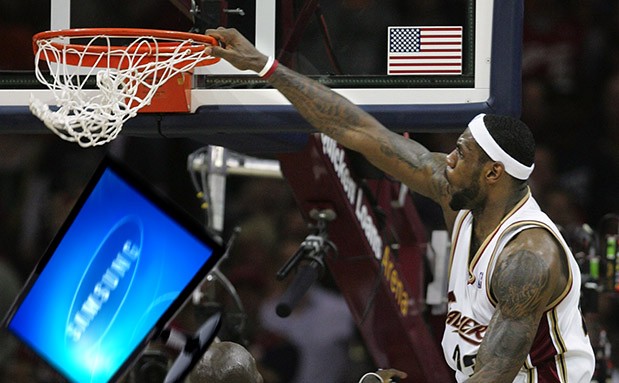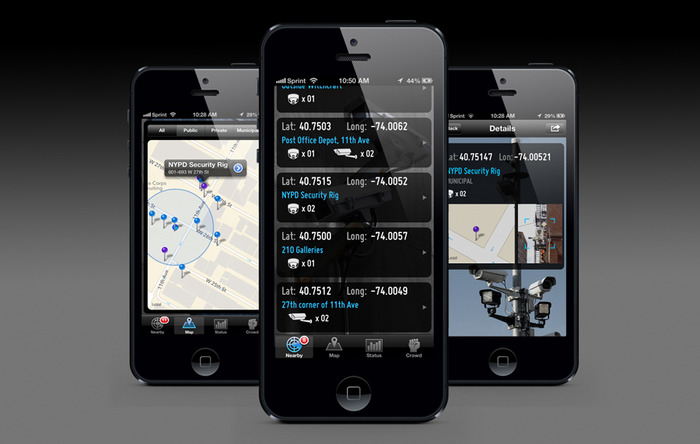Creepy? Scientists Working To Get Facial Images From Leftover DNA Samples


Heather Dewey-Hagborg, a research scientist at Univeristy of New York, has come up with something that is kind of creepy, but could help identify victims of crimes and other situations where identification of an unknown person is necessary.
While riding home on the subway, she noticed various items left behind from passengers, gum, cigarette butts and other items.Dewey began to wonder what the person looked like that left the items , so she started working.
In short, Dewey-Hagborg extracted DNA from these samples of trash and turned that information from code into life-sized 3-D facial portraits resembling the person who left the sample behind. With some interesting techniques she can code for eye color, eye and nose width, skin tone, hair color and more. She starts by cutting up her sample, sometimes the end of a cigarette, thin slices of a chewed wad of gum, sometimes hair, and incubates the sample with chemicals to distill it into pure DNA. She then takes that DNA, and matches the code with different traits on the genome related to the way human faces look.
“That’s a very tiny subset of all of the things that we know about the entire mapping of the human genome, ” she says.
Next, she sends the DNA to a sequencing company that sends her back a text file full of A, C, Ts and Gs — the four nucleic acid bases that DNA is made out of. She then reads that information in a program she designed herself, translating the code into traits, then using those traits to build a 3-D model of a face. Dewey-Hagborg can determine ethnicity, gender, even a tendency to be overweight.
Even all of that can’t give her the whole picture. Much of the information is still missing, and Dewey-Hagborg has to fill in the gaps. She compares that part of the work to a sketch artist. “This person is more likely to be overweight, to have pale skin, to have freckles, blue eyes, how do I interpret this?”
People often ask her how accurate the portraits are. Of course, she has no way of knowing. After all, she collects these items from anonymous sources. But she did start off with her own portrait based on her own DNA. She exhibited that at an art and technology space in Chelsea.

Heather used the DNA facial technique on herself. This is what the computer said she looked like… what do you think?
“Half of the people would say, ‘Wow! It looks just like you!’” she says. “The other half would say, ‘Wow! It looks nothing like you!” The portraits are subjective in a big way, she acknowledges, but says much of the information is solidly based in data.
Though she started this project in part to “open up the conversation about genetic surveillance,” she says, it’s taken on another purpose. Right now she’s working with the Delaware medical examiner’s office to try to identify a woman in a 20-year-old unsolved case by using some of the victim’s remains to build a 3-D portrait of her. She’s six weeks away from finishing the process, when investigators will, for the first time, have some idea of what the victim looked like before her death.










